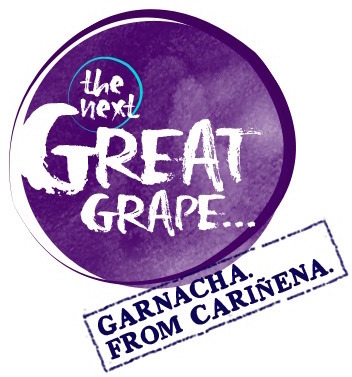Cariñena Is For Wine Lovers: Seeking Out The Next Great Grape In Spain
For those who search far and wide for the finest glass of wine and find art in the swirl, sniff and sip of a tasting within sight of where its grapes were grown, there is a destination you should consider. Cariñena, an ancient and world-renowned growing region in northern Spain, holds the history of oenology in its meticulously tended vineyards. A growing force in the global wine market, wines from Cariñena — not least of all wines made from the Cariñena grape itself — attract fans from around the world. This place is home to the only grape in the world named after the region in which it's grown, in the heart of Spanish wine country. The local cuisine never goes unpaired. The winemakers want you to taste what they taste, and they channel their passion through each pour.
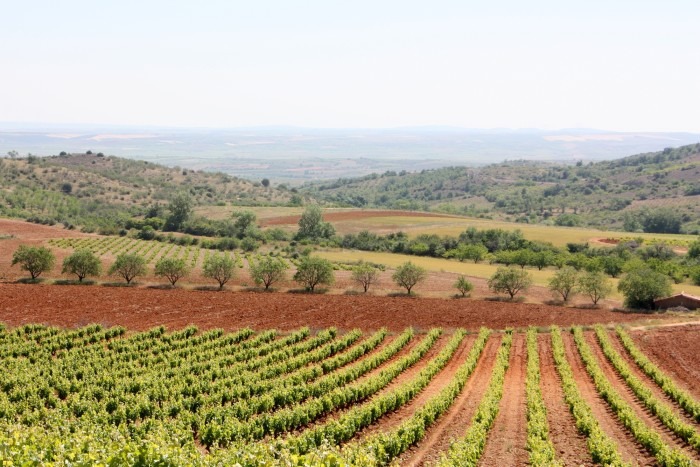
Owing to close proximity to the Pyrenees Mountains, one of Cariñena's defining features is its powerful winds, always present in the towns and even stronger in the hills of the vineyards. The wind helps keep the grapes at the right temperature for ripening on schedule for harvest (minimizing any off-tasting "green" flavors and amplifying the red fruit and berry notes), free of disease and strong from the constant wind resistance. Perhaps surprisingly (once you've felt the force of the gusts), the wind never goes so far as to damage the vines — a symbiotic dance hundreds of years old. The soil composition in these rolling hills varies widely according to altitude. On lower plots you'll see reddish sandy soil from iron content, and up higher than 2,000 feet the terroir bleaches to light brown and near-white, composed of the slate, chalk and granite that lend Cariñena wines their distinct minerality.
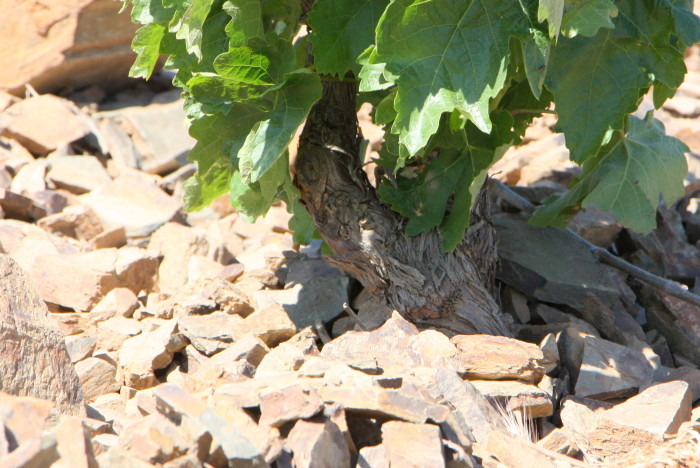
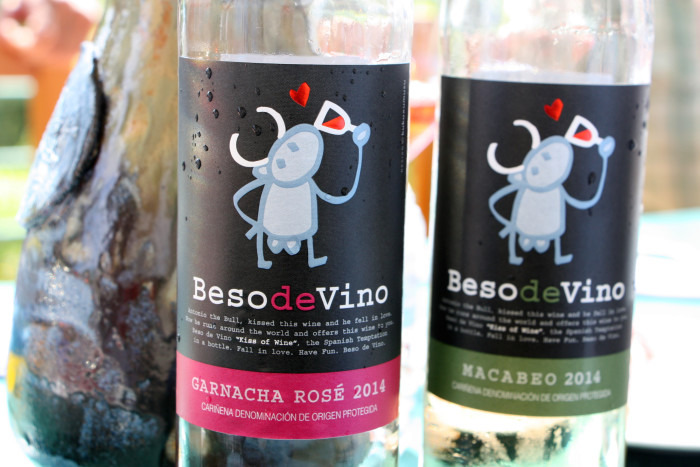
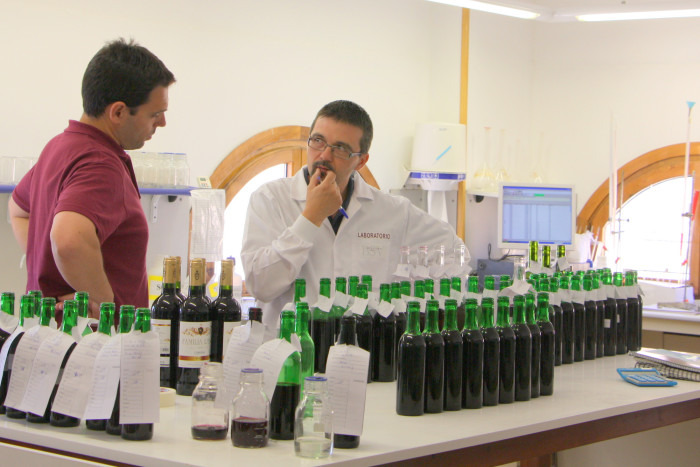
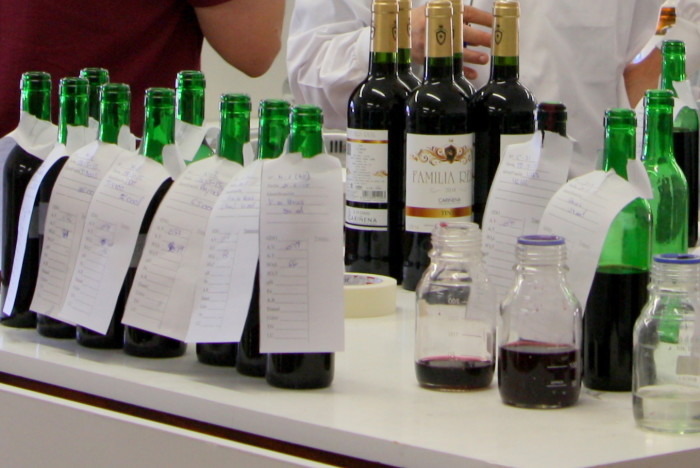
As popularity and demand have increased, winemakers' techniques and technology have become significantly more sophisticated as they discover and detail every tiny nuance of planting, growing and harvesting in order to attain deeper mastery of fermenting, bottling and aging. Implementing industry trends like screw-cap bottles, bold, modern packaging and pheromone technology — to naturally repel moths without damaging vines — has allowed Cariñena's hundreds of wine-growing operations to keep up with the competition. Winemakers from Bodegas Paniza show these yield-maximizing strategies in action.
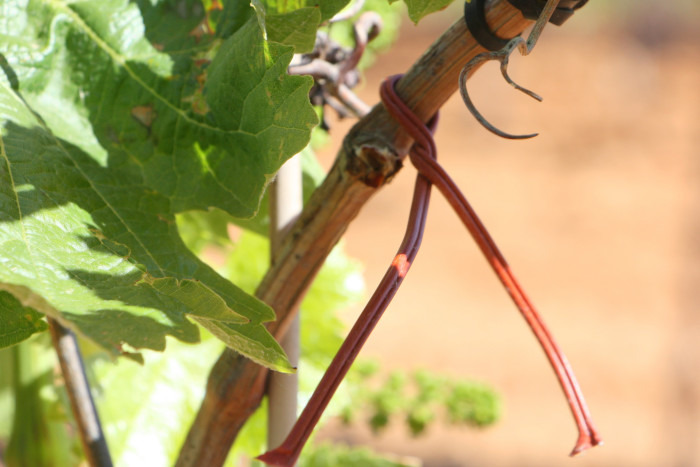
When visiting these wineries, leave all notions of pretentious wine clichés at the door. Cariñena's vineyards have been family-owned and tended for many generations, and the land, owners, cultivation and product are equally important in expanding the Garnacha grape's sterling reputation among winemakers, sommeliers and enthusiasts. Winery tour guides are all professionals in the field (literally!) and you're guaranteed to make friends no matter what your level of wine knowledge may be. Honor their unfailing dedication to the history and future of some of Spain's most celebrated wines by bringing home your favorites to share with friends and family.
So now that you know where to find the famous Cariñenas and Garnachas, what's the plan of action? Make your way from one of the bigger cities via the high-speed rail to Zaragoza, the historic city that works in tandem with the wine region to maintain, expand and promote its reach in the global market. From design-it-yourself tapas crawls to world-class fine dining, whatever varietal you have in your glass is a pairing just waiting to happen.

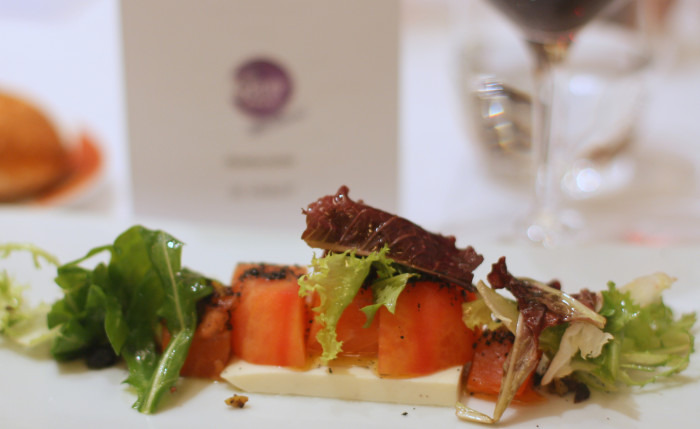
In the morning, drive to the winery of your choice (stopping at the childhood home of renowned writer and artist Francisco de Goya, if you wish) and spend the afternoon touring the vineyards and manufacturing facilities. Then, of course, take your time sampling the wines you just learned about. Seasoned oenophiles know to spit in order to open the palate enough to taste fully, but for the uninitiated, this is the purpose of the bucket provided. You'll be happy to be in your right mind when you head to a small local café for a late lunch.
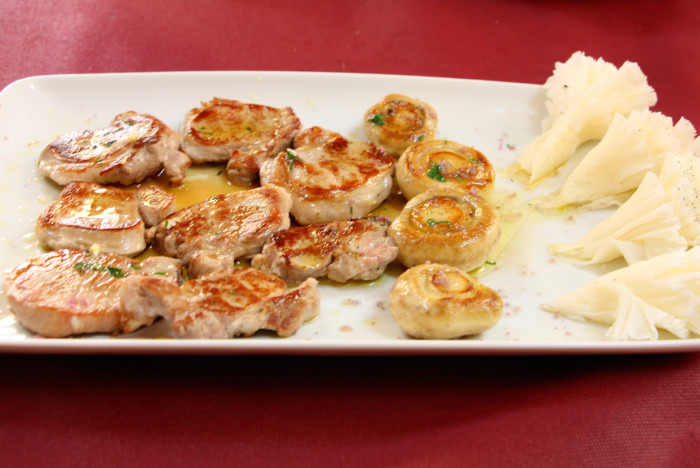
If you see anchovies, roasted red peppers, assorted tapas on sliced bread, deep-fried croquettas, green salads with tuna, egg, onions and wine vinegar, and, of course, the renowned Spanish jamón ibérico sliced masterfully right off the leg, you are in the right place. The simple, rustic food of Spanish wine country elevates the simplest ingredients to royalty-level status. Translucent slices of aged and fermented ham from specially bred and raised Iberian pigs are a far cry from any ordinary haunch. Ripe tomatoes, olive oil and salt blended together create a topping for bread, potato and egg tortilla or humble migas (fried bread and chorizo with eggs).
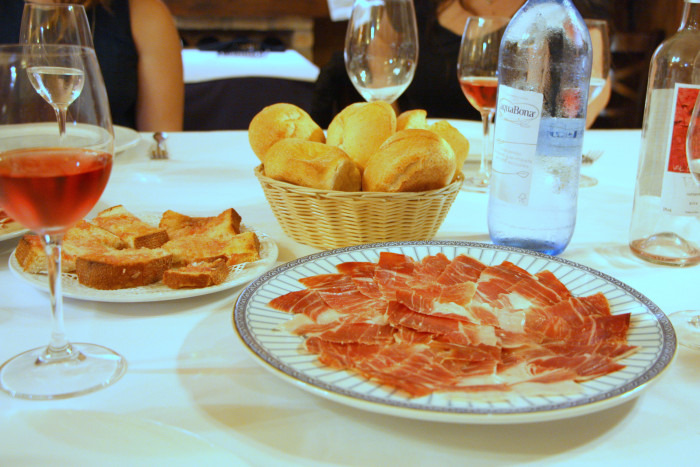
You love wine so much you've been planning a trip devoted to it for ages now. You've got a thing for simple, superb cuisine starring the best of local ingredients. Flights to Madrid leave every few hours, and Cariñena is just an extra-fast train ride or breathtakingly beautiful drive away. Now how many bottles can you fit in your suitcase and proudly (and carefully) drag through customs?


